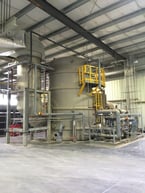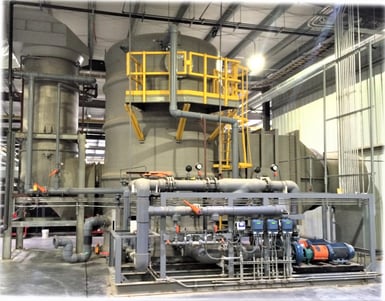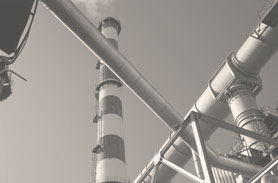Wet Scrubbers for Brick Kiln Industry
A properly designed wet scrubber is a highly efficient approach to controlling kiln emissions which contain HCl, HF and SO2 acid gases, metals, and particulate matter. A two-stage counter-flow or cross-flow design wet scrubber has the advantages of a small footprint and low maintenance requirements due to the washing action of the spray nozzles on the scrubber internals. Often the initial capital investment for a wet scrubber is less than a dry injection fabric filter. Most important, a wet scrubber will operate with a low pressure drop, keeping fan horsepower requirements low. Reagent costs are low as well. This results in low operating costs and significant savings for brick kiln facilities.
Wet scrubbers offer four key advantages for brick kiln facilities:
• Lower capital and operating costs than dry lime injection fabric filters or dry lime scrubbers
• High efficiency for acid gas and particulate removal
• Low solid waste removal requirements
• Design flexibility for meeting future EPA regulations for SO2 emissions.
To ensure optimum performance with minimal downtime, the following must be considered in design of the wet scrubber:
• Sewer permitting limitations for wastewater disposal
• Preserving kiln draft conditions for maintaining product uniformity
• Minimizing maintenance requirements
• Providing a safe environment for handling reagents in the scrubbing liquor
An optimally designed wet scrubber will have the following:
• Quencher to pre-cool the gas stream
• Soda ash or caustic used as the scrubbing liquor
• Reflux damper or variable frequency drive on the fan motor for precise kiln draft control
• Chevron style mist eliminator to achieve greater than 99.9% drop removal efficiency
• Integrated wastewater evaporator for sludge disposal





